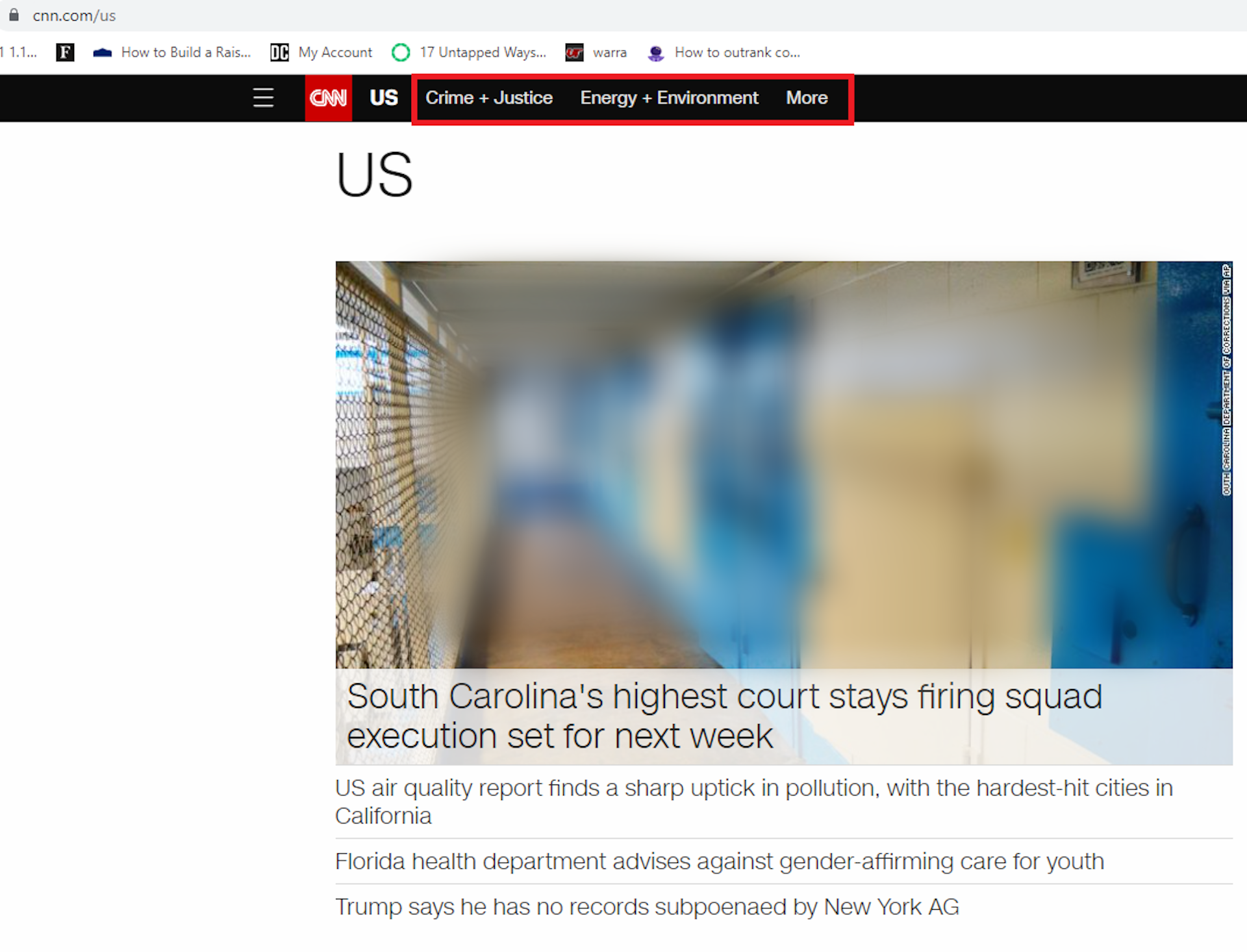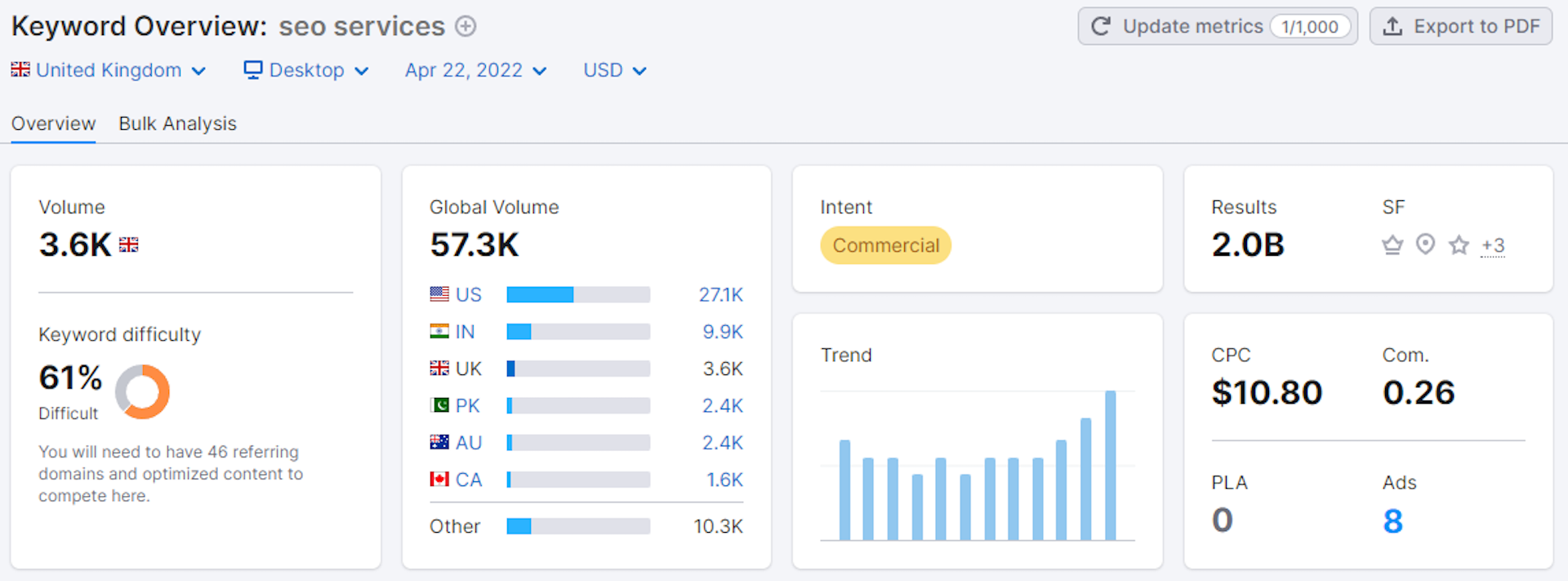This Ask an SEO question comes from Dan from Melbourne, who wrote in:
“What is the best site structure for a content/news-based website that wants to be international but also country-specific?
E.g., You want some content to be shared to the U.S., U.K., Australia, Hong Kong, and Singapore, but then some separate content that is mainly for U.K. or Australia.
Is it best to have main domain level site (.com) for global content and then also use sub-directories (.com/au/ or .com/gb/) for country-specific?
Do you also then have a separate home page for each country?”
Hey Dan, the good thing about this question is there is truly no wrong answer.
While international-based websites might be confusing and expensive to implement, you generally have the freedom to go about it however you feel best.
Occam’s Razor applies more than we like to think when it comes to SEO.
So yes, to answer your question, I think that’s the simplest approach, though it depends on the type of content you produce.
For example, suppose you’re uploading international news stories in English that will be read across the globe.
In that case, having a generic top-level domain (gTLD) will be the best route with subdirectories for each separate country you wish to target.
However, if you want to create localized content and appeal to specific audiences in different countries, then there are perks to using ccTLDs and subdomains, which I think warrant discussion.
Which URL Structure Is Right For Me?
Ultimately, I think two options will best suit your website, so the choice is up to you of which you think is best for your news organization.
gTLDs With Country-Specific Subdirectories
If you use a blend of international and localized content, investing in a top-level domain with subdirectories for different countries would be the easiest option.
Each country-specific landing page could have its own unique landing page with limited navigation that deals with specific content to that country, such as .com/au or .com/uk.
The benefits of this approach are that it’s incredibly easy to set up, and all domain authority will be shared across your entire website. Additionally, you could have the same team managing your local and broad-focused content.
Unfortunately, there are two drawbacks to this approach.
First, your subdirectories won’t have as much local feel, which could slightly impact UX.
However, the bigger concern is that your website architecture could become messy, especially if each subdirectory has its own navigation categories.
For example, many news organizations often feature top-level navigation bars that deal with specific issues related to that country.
Take this basic website structure from CNN as an example:
 Image from CNN, May 2022
Image from CNN, May 2022Be careful that all content falls under the URL structure: https://example.com/us/newsstory and not separate subdirectories within your country-specific subdirectory, like https://example.com/us/covid19/newsstory.
This will help you avoid navigation issues and make your website more manageable.
Benefits
- Easiest to implement.
- CMSs offer easy multilingual management.
- Minimal upfront costs.
- Easy navigation.
- Link equity is shared across domain.
Localizing Content With Subdomains
On the other hand, if your primary focus is on localized content, and that’s where you want to dive in, then hosting regional webpages on subdomains may be a good option.
Ideally, you would have a broad gTLD with international-based content for your parent brand.
Then, you could create subdomains for specific countries that appeal to that demographic audience.
So your gTLD might be an English-speaking news site that people from the EU, AUS, and US could enjoy (if that’s your primary audience), while you might host a separate domain for each of these countries if you were dealing with specific topics related to that country.
Unfortunately, there are many drawbacks to this approach.
- Hosting content on separate domains could be challenging to organize.
- Subdomains cost more to implement than subfolders.
- Branding could be difficult to maintain if multiple teams work on your website.
- Link equity will not spread evenly across your domain.
However, if you have separate teams that work on content for specific regions worldwide, there is a strong case for hosting location-specific content on a subdomain.
Benefits
- Localized UX.
- More efficient geotargeting.
- Content is more organized by region.
Extra Considerations
Language vs. Geotargeting
Now, a lot of what we’ve discussed so far primarily focuses on geotargeting for specific countries/regions.
However, what happens if these countries have a large population of multi-lingual speakers? How do we optimize for that?
For example, what if you’re writing international news stories in English but want to create the same article in Spanish and feature it on your homepage?
Whether using a subdomain or gTLD, you can implement hreflang tags to help you create multilingual content for both broad and local topics.
A basic hreflang tag is an HTML tag, such as <html lang=”en”> and signifies that the web page is written in a specific language to search engines.
So if you wanted to create content in English for people in France, you would add a tag like this in the head of your HTML:
<link rel=”alternate” href=”https://fr.example.com” hreflang=”fr-fr” />
There are several ways to implement hreflang tags for multilingual speakers in different countries, but the easiest method is to create a folder with all of your hreflang tags and submit them in an XML sitemap.
Keyword Research
Clearly, your website will not encompass every country and language.
So, before you spend dozens of hours setting up a new subdomain, implementing hreflang tags, and hiring multilingual content creators, you need to research and determine which countries are worth targeting.
International keyword research is a great strategy to discover which markets will have the most engagement with your website. For example, Semrush provides tools that allow me to filter keyword trends and results by country in English:
 Screenshot from Semrush, May 2022
Screenshot from Semrush, May 2022Additionally, tools like this provide me with a baseline of the global volume for each keyword.
Similarly, you could conduct the same keyword research in different languages to identify which countries have the most engagement in Spanish or German.
Since your website is focused on news and current events, your research will differ a little bit.
However, conducting keyword and competitive research using tools like Semrush, Ahrefs, and Google Ads can provide a good idea of which countries/languages will be the most profitable investment.
Content And Translation
Finally, if your website focuses on regional content, you’ll need to invest in local content creators to provide visitors with an authentic news experience.
Hire translators and avoid using translator tools as much as possible. Furthermore, try to make your subdomain or subdirectory as unique to that country as possible.
Ultimately, this might involve handing off management of certain parts of your domain to separate individuals and teams to manage region-specific content.
Final Notes
Deciding between a subdomain or subdirectory comes down to your primary business objectives.
While considerations like link equity and backlinks are important, the decision should depend on which approach will yield the best traffic flow and engagement, especially since you are a news-based/blogging website.
Additionally, no matter what strategy you take, you’ll need to incorporate other factors, such as hreflang tags and hiring local content creators to make your content appeal to as wide of an audience as possible.
More resources:
- How Spanish Transcreation Drives Marketing Success in Global Markets
- Visualizing Hot Topics Using Python To Analyze News Sitemaps
- A Guide to Local SEO
Featured Image: suphakit73/Shutterstock
Editor’s note: Ask an SEO is a weekly SEO advice column written by some of the industry’s top SEO experts, who have been hand-picked by Search Engine Journal. Got a question about SEO? Fill out our form. You might see your answer in the next #AskanSEO post!





